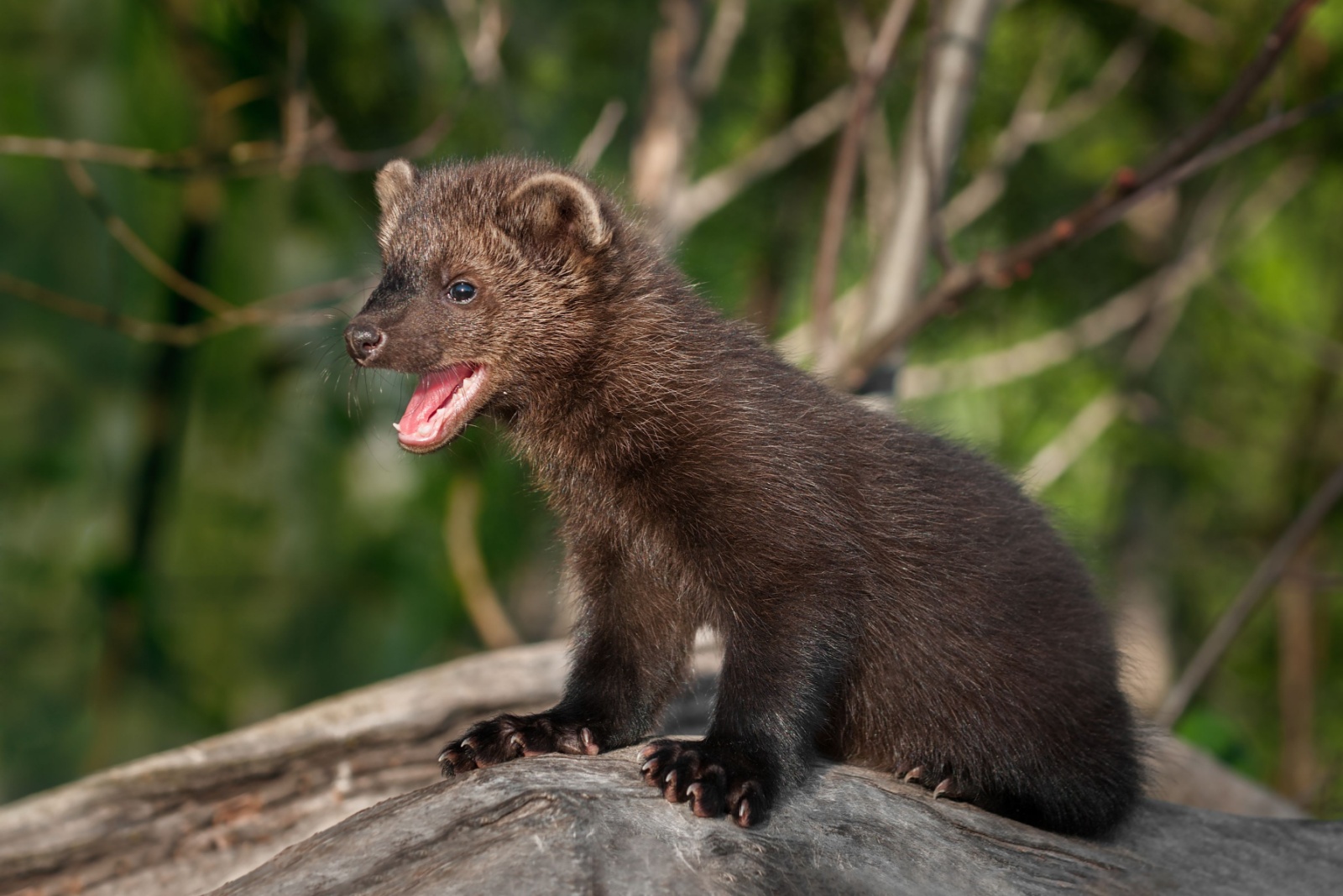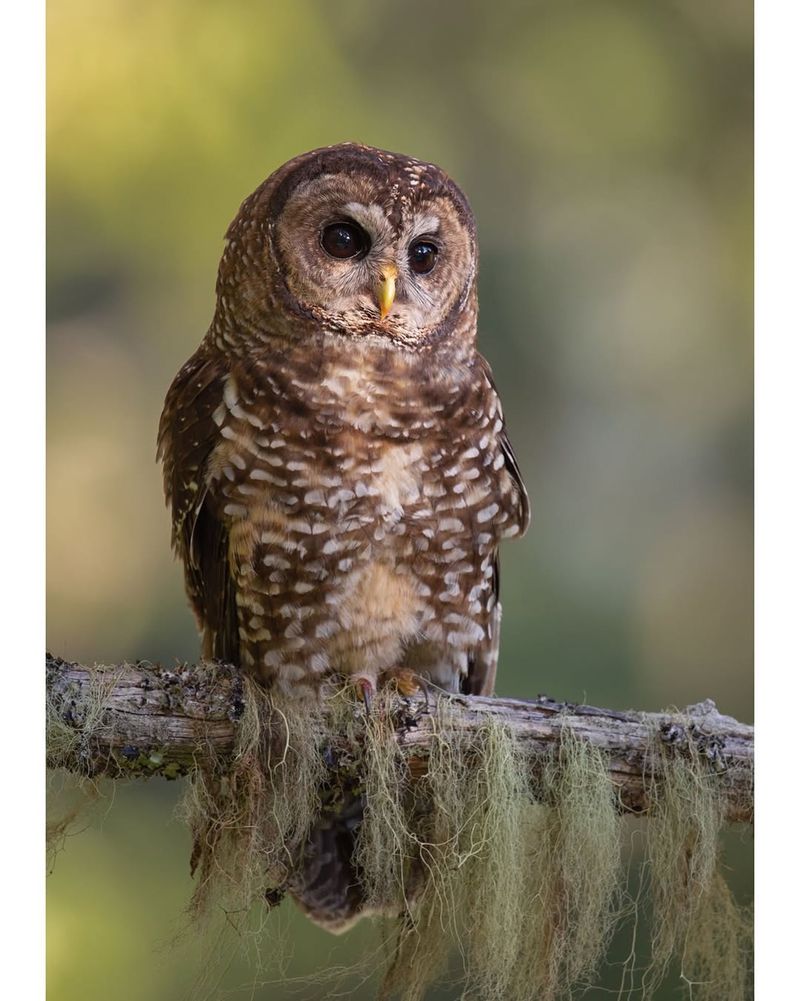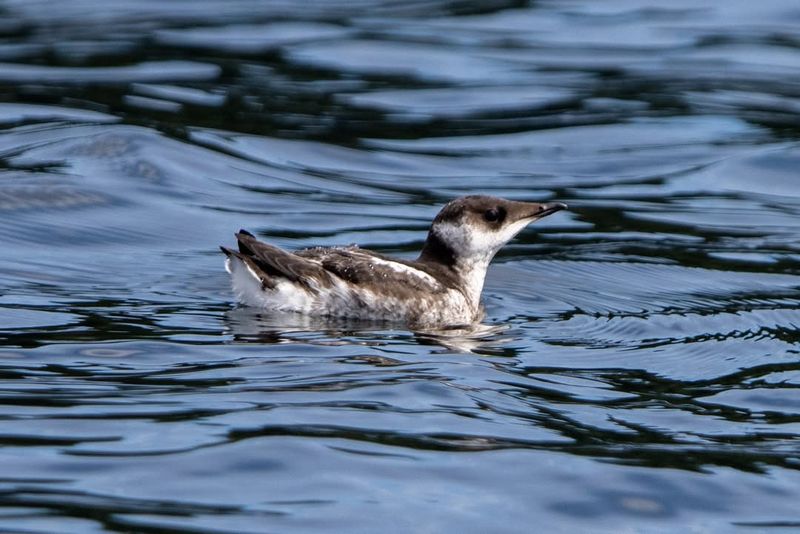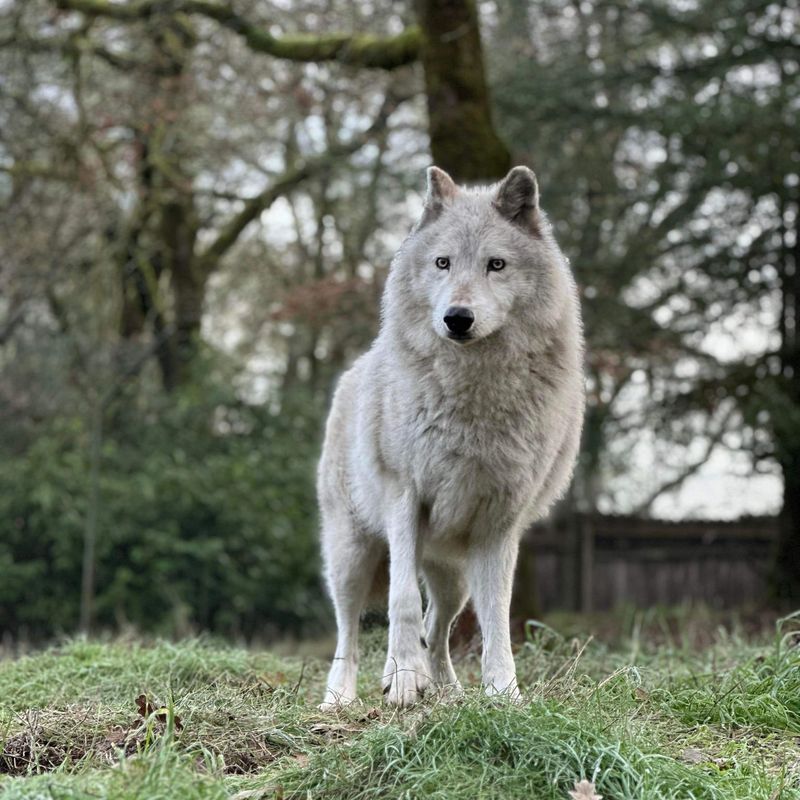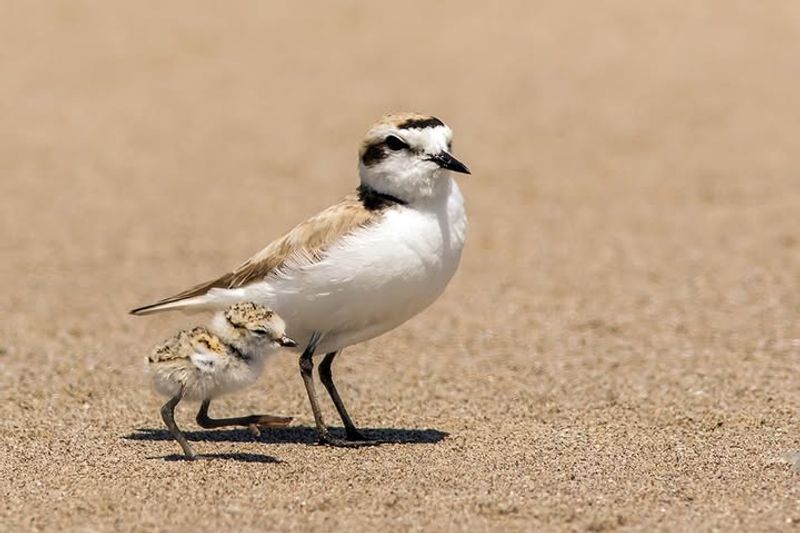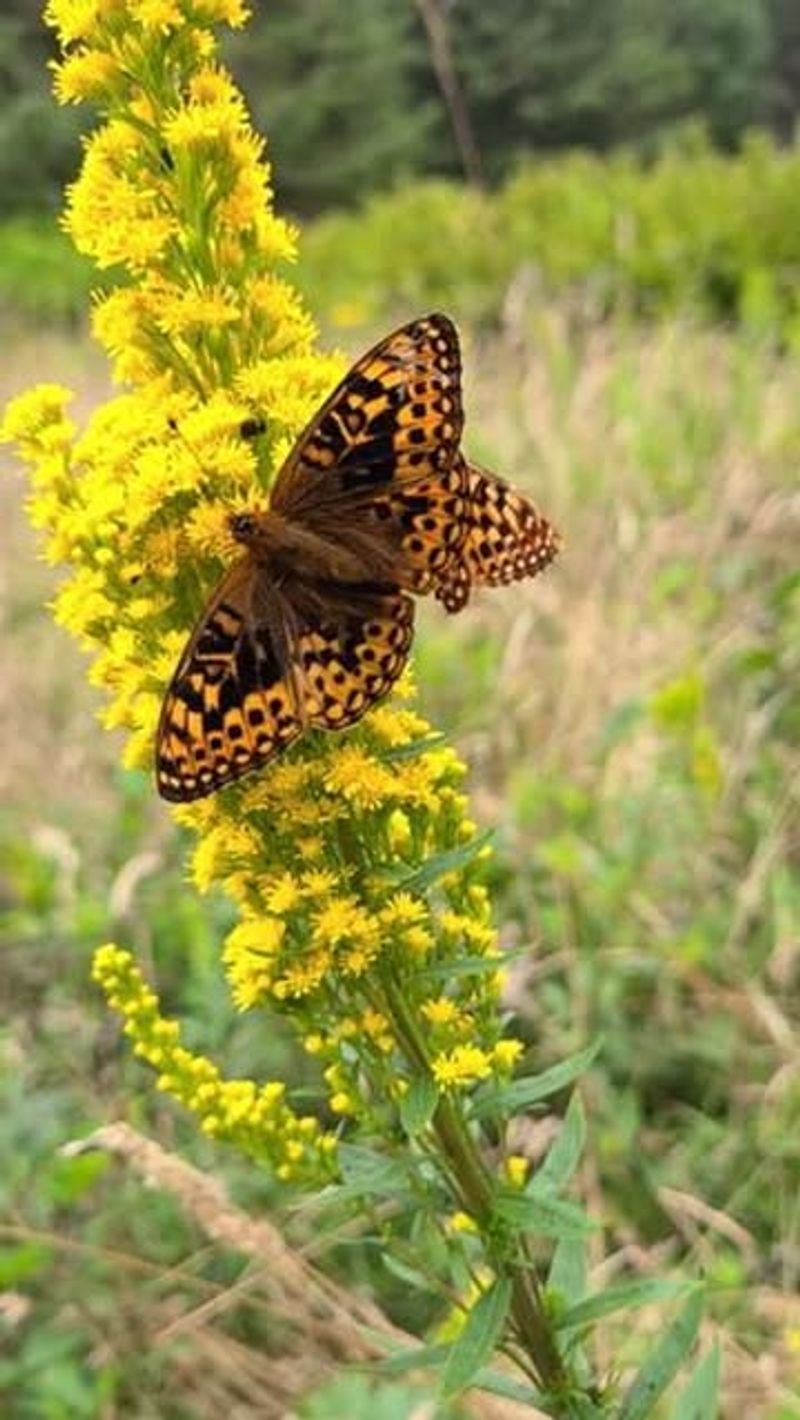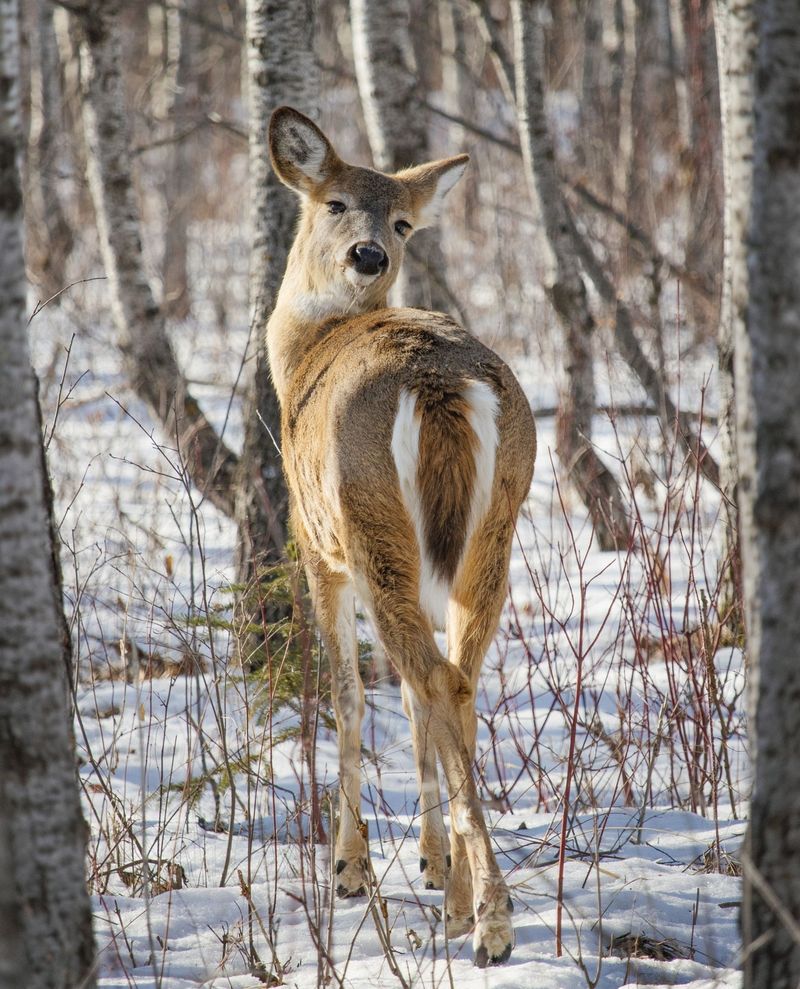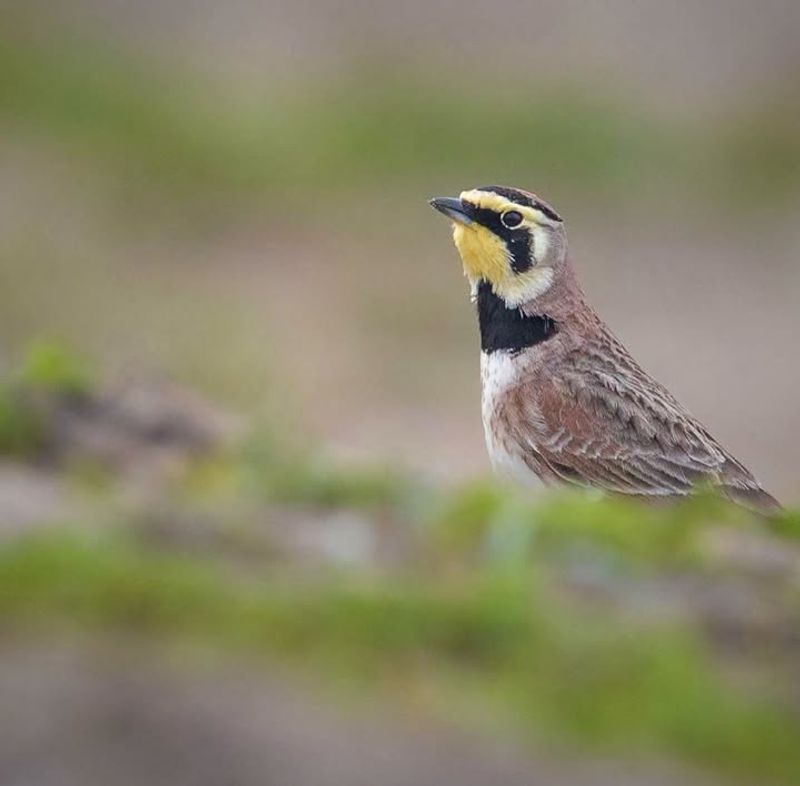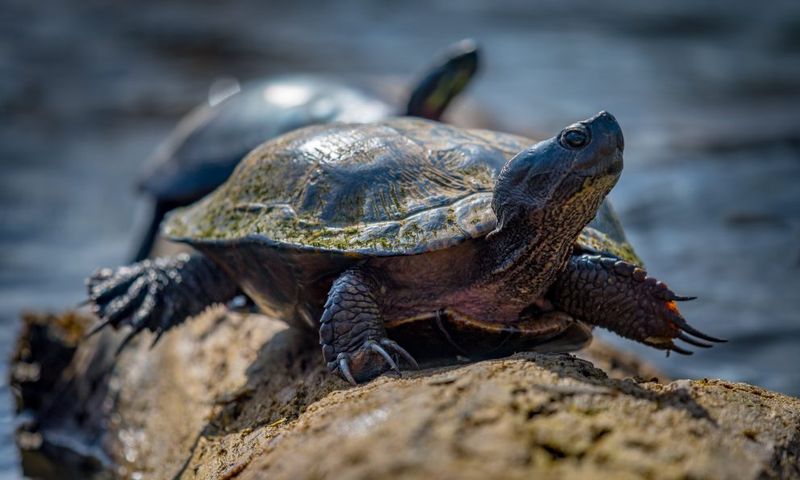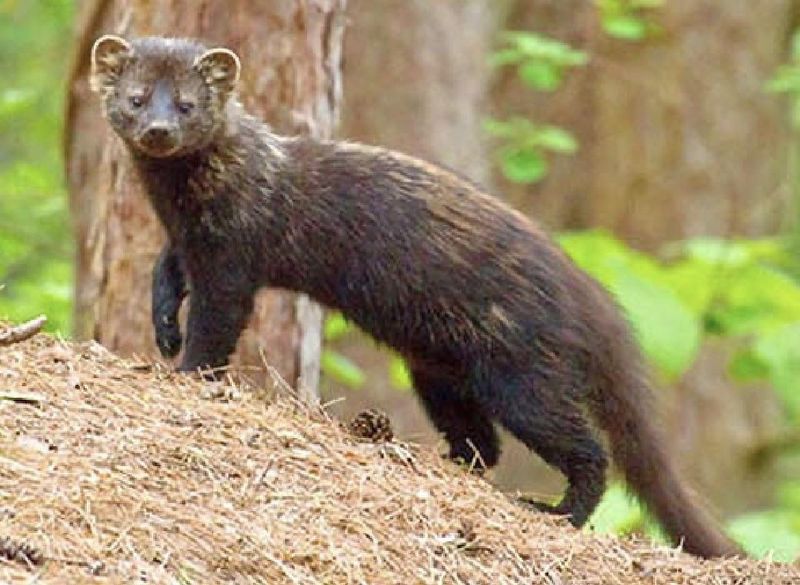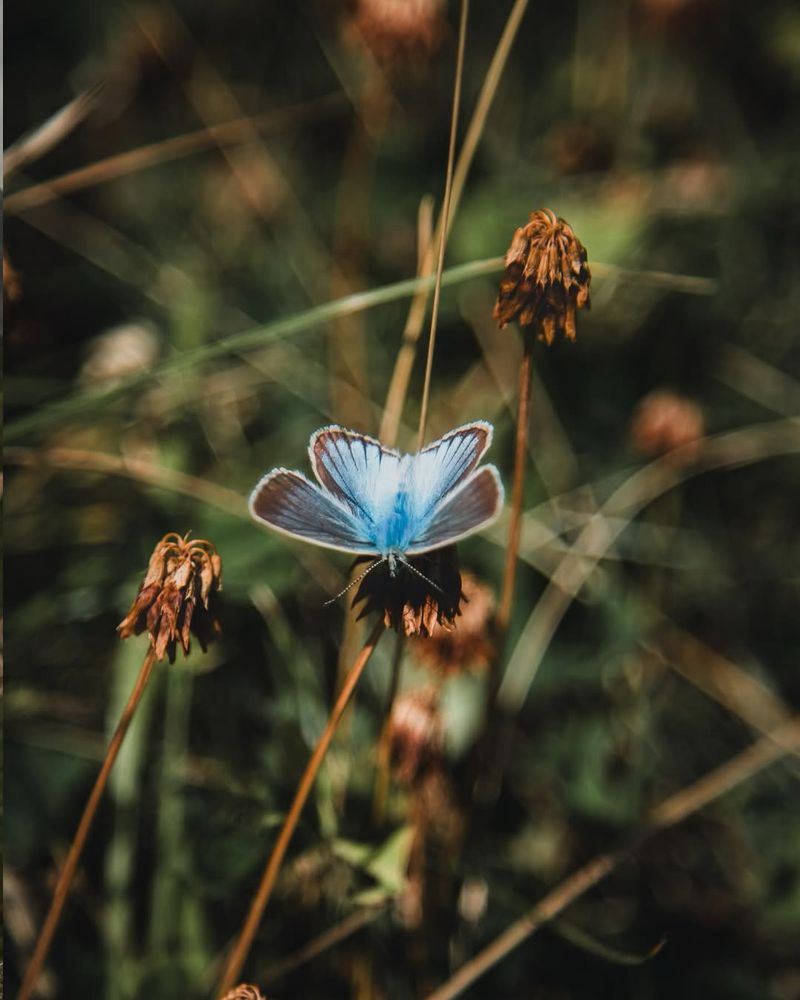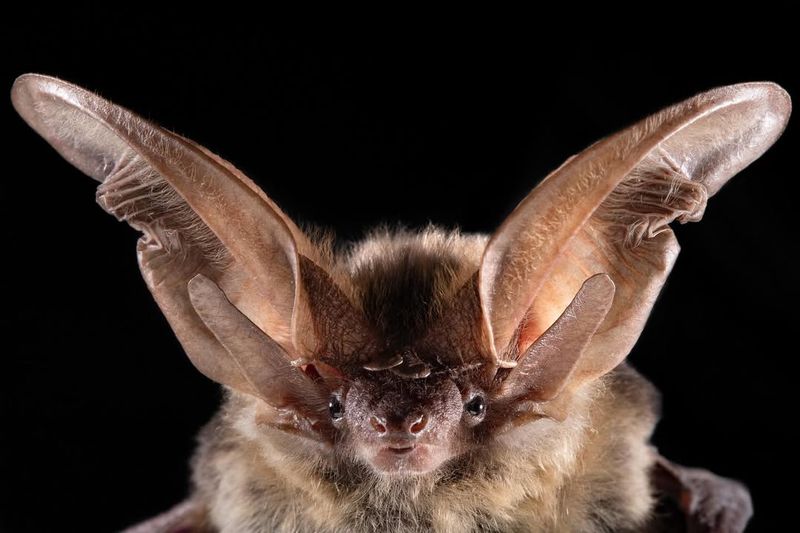Out here in Oregon, we like to think of our yards as part of nature’s backyard, too. But not every wild visitor is fair game for removal—or even a gentle nudge to move along.
From nesting birds to burrowing mammals, a few of these furry and feathered neighbors come with strict “do not disturb” signs courtesy of the law. Before you grab the rake or the broom, get to know 11 protected creatures that deserve a little extra space.
1. Northern Spotted Owl
Famous for causing major logging debates in the 1990s, this owl remains one of Oregon’s most protected birds. Federal law prohibits anyone from harming, capturing, or even disturbing their nesting sites.
These medium-sized owls prefer old-growth forests with dense canopy cover. If you spot one near your property, consider yourself lucky but keep your distance.
Violating protection laws can result in hefty fines reaching thousands of dollars. Report sightings to wildlife officials instead of approaching them yourself.
2. Marbled Murrelet
This quirky seabird spends most of its life on the ocean but flies inland to nest in tall coastal trees. Homeowners living near forests might unknowingly host these endangered visitors during breeding season.
Their camouflaged nests sit high on mossy branches, making them nearly impossible to spot. Cutting trees or creating loud disturbances during nesting months violates federal protection laws.
Conservation efforts focus on preserving mature forest habitats. Always check with wildlife authorities before removing large trees on your property.
3. Gray Wolf
After being wiped out decades ago, gray wolves have slowly returned to Oregon, especially in the eastern regions. State and federal laws make it illegal to shoot, trap, or harm these apex predators without special permits.
Ranchers sometimes struggle with wolves near livestock, but strict protocols govern how conflicts get resolved. Most homeowners will never encounter one since wolves avoid human settlements.
If you do see a wolf, never approach it. Contact Oregon Department of Fish and Wildlife immediately to report the sighting.
4. Western Snowy Plover
Beachgoers might walk right past these tiny shorebirds without noticing them blending into the sand. Coastal homeowners must be extra careful during nesting season when plovers lay eggs directly on open beaches.
Protected areas get roped off to prevent accidental disturbance, and ignoring these boundaries brings serious penalties. Dogs off-leash pose major threats to nesting sites.
Keep pets leashed near dunes and watch where you step. These little birds need all the help they can get to survive.
5. Oregon Silverspot Butterfly
With wings painted in brilliant orange and decorated with silver spots underneath, this butterfly exists nowhere else on Earth outside a few Oregon coastal areas. Habitat loss has pushed it to the brink of extinction.
Homeowners in coastal regions should avoid using pesticides that might harm these delicate insects. Native violet plants serve as their primary food source during the caterpillar stage.
Creating butterfly-friendly gardens helps conservation efforts tremendously. Plant native wildflowers and skip the chemicals whenever possible for best results.
6. Columbian White-Tailed Deer
Smaller than their common cousins, these deer live mainly along the lower Columbia River and certain coastal areas. Their fluffy white tails flash like flags when they bound away from danger.
Hunting these deer is strictly prohibited, unlike regular deer species with open seasons. Development near wetlands and floodplains threatens their remaining habitat significantly.
Homeowners in recovery zones should avoid disturbing riparian areas where these deer feed and rest. Fencing should allow wildlife corridors for safe movement between habitat patches.
7. Streaked Horned Lark
Tiny feather tufts resembling horns give this ground-nesting bird its memorable name. Open prairies and grasslands in western Oregon provide their rapidly disappearing habitat.
Agricultural conversion and development have pushed populations dangerously low, triggering federal protection status. Homeowners with large grassy properties might occasionally host these rare visitors.
Delaying mowing until late summer protects potential nests hidden in tall grass. Conservation groups work with landowners to restore native prairie habitats where these charming larks can flourish once again.
8. Western Pond Turtle
Oregon’s only native freshwater turtle spends hours basking on logs and rocks in quiet ponds and slow-moving streams. Dark shells with yellow throat markings make them relatively easy to identify.
Habitat loss and predators introduced by humans have caused steep population declines across their range. State protections make it illegal to capture, harass, or keep these turtles as pets.
Homeowners with ponds can create basking sites using logs and protect shoreline vegetation. Never release pet turtles into wild habitats where they compete with native species.
9. Fisher
Related to weasels but much larger, fishers prowl Oregon forests hunting small mammals with remarkable agility. Their dark chocolate fur and bushy tails help them navigate through dense timber.
Despite the name, they rarely eat fish, preferring squirrels, rabbits, and even porcupines as prey. Trapping restrictions protect their recovering populations after historical overharvest.
Homeowners in forested areas might spot tracks in snow but rarely see the animals themselves. Maintaining connected forest habitats helps these solitary hunters find sufficient territory and prey.
10. Fender’s Blue Butterfly
Wings shimmer in brilliant blue as males flutter through Willamette Valley grasslands searching for mates. Once thought extinct, small populations were rediscovered clinging to survival in prairie remnants.
Their entire lifecycle depends on native Kincaid’s lupine plants, making habitat restoration critical for recovery. Homeowners in the valley can plant lupines to support these stunning insects.
Federal protections prohibit harming butterflies or destroying their host plants. Every native wildflower planted creates potential habitat for these rare beauties struggling to survive development pressures.
11. Townsend’s Big-Eared Bat
Ears so large they curl like ram horns make this bat instantly recognizable among Oregon’s many bat species. Abandoned buildings, caves, and mines provide essential roosting sites where colonies gather.
Disturbance during hibernation or maternity seasons can prove fatal to entire colonies, triggering strict protection measures. Homeowners discovering bats in structures should contact wildlife professionals before attempting removal.
Bats consume thousands of insects nightly, providing free pest control services worth celebrating. Exclusion work must wait until babies can fly independently, typically late summer in most regions.

